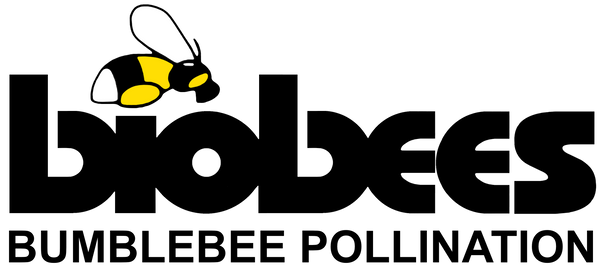Recommendations
We recommend using bumblebees in combination with honeybees for the pollination of lucerne!
- We recommend 6-10 or more bumblebee hives per hectare when used in combination with honeybees. Ideally space the bumblebee hives evenly throughout the crop, but keep them as far away from the honeybee hives as possible.
The Biology of Lucerne
Our species of bumblebee is considered very effective at pollinating lucerne, much more so than honeybees, however to date there has been very little research with which to estimates bumblebee stocking with.Lucerne flowers range from completely self-sterile to completely self-fertile, however, relatively low quantities of self pollinated flowers form seed pods. Flowers require a mechanical tripping to release the pollen. This can occur spontaneously when environmental conditions are suitable, but generally requires the activity of a pollinator such as a bumblebee. The sexual components of the flower snap out and collide with the head of the bee, transferring pollen to the bee, and from the bee to the stigma (♀) of the flower.
Lucerne must be cross-pollinated to produce large quantities of high quality seed. Honeybees frequently learn to avoid lucerne flowers, possibly due to a dislike of having their head hit by the flower. Being larger, bumblebees are not put off when tripping flowers, and are very efficient pollinators of this crop. Bombus terrestris, a short tongued bumblebee, is more efficient than other bumblebee species found in New Zealand.
Lucerne is most attractive to honeybees when the flowering plants are slightly moisture stressed. It is possible that a similar scenario may exist with bumblebees, so it is advised to irrigate sections of a block in an alternating pattern to help prevent the bees from leaving the crop for a more attractive food source.
Call us at the number below, or e-mail to enquire now!
